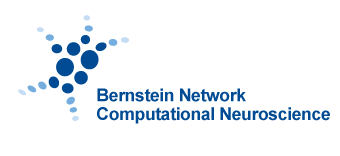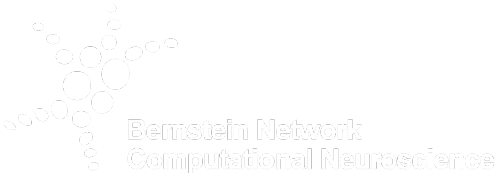Bernstein Network News. Find the latest news from our researchers regarding current research results, new research projects and initiatives as well as awards and prizes.
Too fast to see: Eye movements predict speed limits in perception
If you quickly move a camera from object to object, the abrupt shift between the two points causes a motion smear that might give you nausea. Our eyes, however, do movements like these two or three times per second. These rapid movements are called saccades, and although the visual stimulus during a saccade shifts abruptly across the retina, our brain seems to keep it under the hood: we never perceive the shift. New research shows that the speed of our saccades predicts the speed limit in our vision when an object becomes too fast to see. According to a study published in Nature Communications by researchers from the Cluster of Excellence Science of Intelligence (TU Berlin), visual stimuli ––think a chipmunk darting around or a tennis ball hit with full force–– become invisible when they move at a speed, duration, and distance similar to those of one of our saccades. This suggests that the properties of the human visual system are best understood in the context of the movements of our eyes.
Rethinking consciousness: When science puts itself to the test
What is consciousness? For centuries, scientists and philosophers have tried to understand how the brain creates our inner world—how neural activity translates into the taste of coffee, for example, or the sting of pain. Now, an international, theory-neutral research consortium, led by the Max Planck Institute for Empirical Aesthetics (MPIEA) in Frankfurt am Main, Germany, has put two of today’s most studied theories of consciousness to the test. The results, published in Nature, challenge core assumptions of both models and propose a new way to study complex scientific questions.
Neurobiology: Movies “play out” as an oscillatory symphony in the brain
LMU neuroscientists have shown that the brain processes natural visual stimuli with dedicated oscillatory bursts emerging in the visual neocortex.
The visual system through the eyes of AI
Using artificial intelligence to understand the visual system in the brain: An international research team (MICrONS) with the participation of the University of Göttingen has developed new AI models to decode the complex processing of visual stimuli in the brain. The researchers investigated how the shape, connectivity pattern and activity of nerve cells in the mouse brain are related. The project's key findings have been published in a series of articles in the journals Nature and Nature Communications.
How the brain controls movement under uncertainty
A new study by neuroscientists at the German Primate Center (DPZ) - Leibniz Institute for Primate Research in Göttingen shows that our brain deals with different forms of visual uncertainty during movements in distinct ways. Depending on the type of uncertainty, planning and execution of movements in the brain are affected differently. These findings could help to optimize brain-computer interfaces that, for example, help people with paralysis to control prostheses or computers with their thoughts alone (Nature Communications).
Artificial neurons organize themselves
Novel artificial neurons learn independently and are more strongly modeled on their biological counterparts. A research team in Göttingen has programmed these infomorphic neurons and constructed artificial neural networks from them. The special feature is that the individual artificial neurons learn in a self-organized way and draw the necessary information from their immediate environment in the network. The results were published in PNAS.
Deciphering the sequence of neuronal firing
How does the brain retain a sequence of events in memory? Researchers from the University Hospital Bonn (UKB), the University of Bonn, the University Hospital Tübingen and the University of Tübingen investigated this question. Using a unique measurement technique with implanted electrodes in the human brain, they were able to test a widely accepted theory of memory processes for the first time. The response pattern of the nerve cells did not align with the theory, but could be explained by a new model. The results have now been published in the journal Nature Neuroscience.
Call for Nominations – Valentin Braitenberg Award
We are currently accepting nominations for this year's Valentin Braitenberg Award for Computational Neuroscience. The deadline for nominations is April 30, 2025.
Two brain areas in competition
The locus coeruleus and the ventral tegmental area vie for influence over the formation of memory content. This has been demonstrated by a team of neuroscientists using light-gated nerve cells.
Temperature during development influences connectivity between neurons and behavior in fruit flies
Researchers find more synapses and postsynaptic partners in the brain of Drosophila melanogaster correlating to lower environmental temperature during pupal development.

















